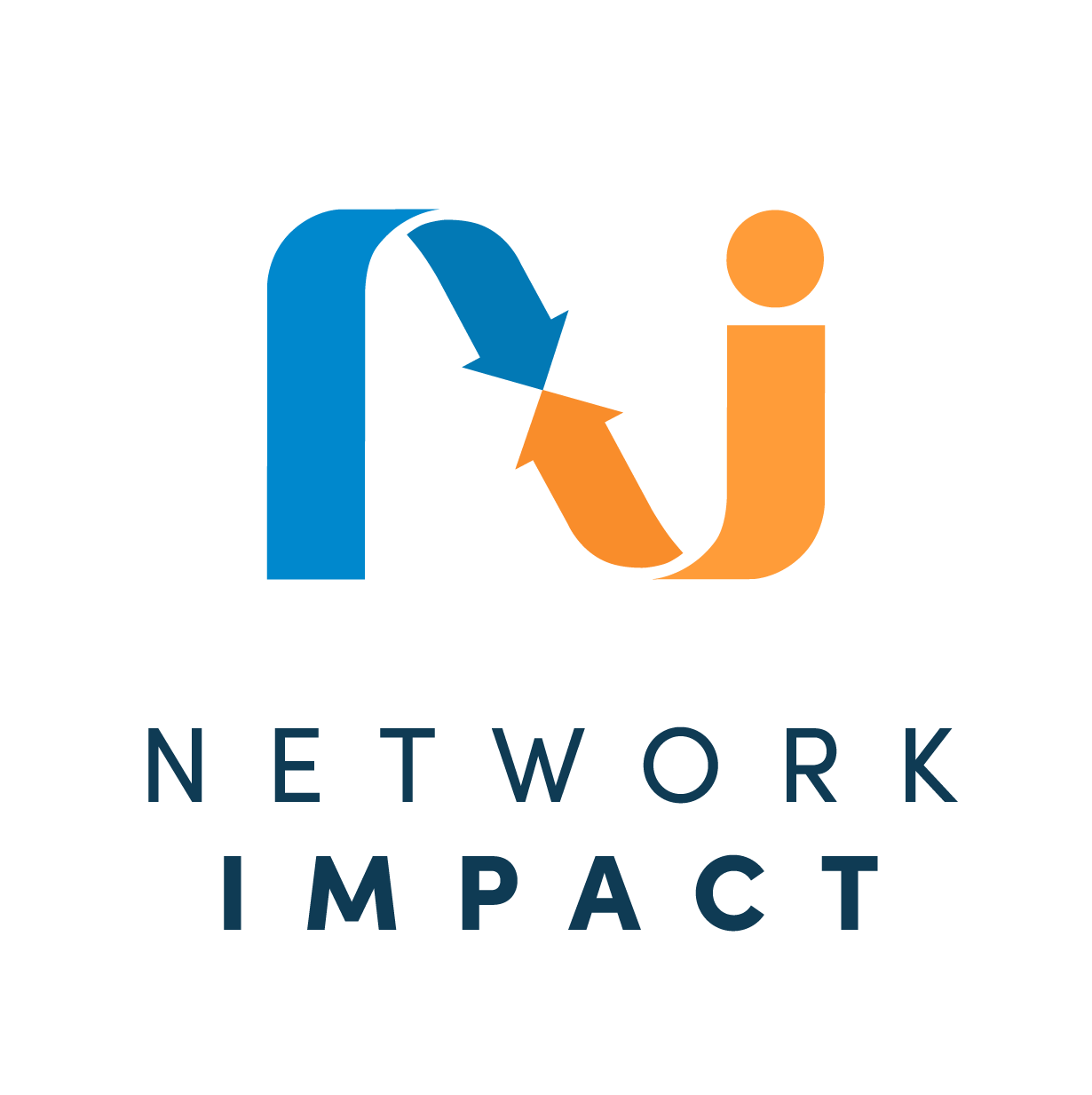Network Funding: The Five Sources of Money
May 2010
Networks, like organizations, wrestle continually with the question of how to keep going. But networks, by their very nature, require different kinds of care and feeding and are presented with unique financial sustainability challenges.
If you are a network with social change mission, your principal resources are likely to come from a combination of sources, including: operating grants, member fees, project fund raising, earned income and/or in- kind contributions. Here’s a description of each source:
Source: Operating Grants
What this is: Grants from donors to cover network operating costs (e.g., coordination, communications, F2F meetings )
When & Why: Funders who play a role in convening a network may underwrite the network’s operating costs for an initial period. But longer term donor commitments – beyond one or two funding cycles – are typically more difficult to secure.
When approaching any donor, be prepared to make the case: What do you achieve as a network that individual member organizations could not achieve alone?
Source: Member fees
What this is: Fee that individual members agree to pay to support network operations (e.g., Annual Membership fee)
When & Why: However small the overall contribution to network budgets, networks should consider this strategy. Member fees signal to outside donors that members are committed and that they derive value from their participation in the network. Some networks use a sliding scale for fees, to address differences in members’ ability to pay.
Source: Project/program grants
What this is: Funds from donors that are project- or program- specific
When & Why: Most donors will support network projects/ programs that are in line with their own mission and strategies, rather than backing network operations.
Projects grant funds can be used to pay part of a network’s general overhead costs.
Source: Earned income
What this is: Fee for service; sales of products produced by network
When & Why: When a network’s members produce value for others (individuals or organizations) it may be able to charge a fee. For example, information products and analysis can be sold.
Source: In-kind contributions
What this is: Non-monetary contributions from members, whether in the form of sweat equity or the result of more formal network agreements.
When & Why: Individual members with specific capacities may enter agreements to provide resources (e.g., space or services) as in-kind contributions to the network.
Many networks calculate the value of in-kind contributions and add this to members’ fees when reporting members’ total contributions to donors.
